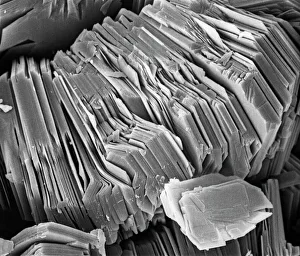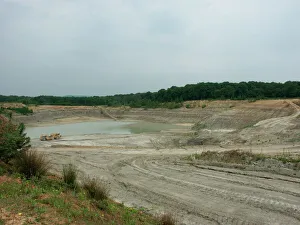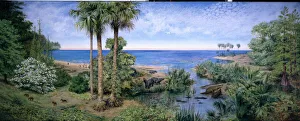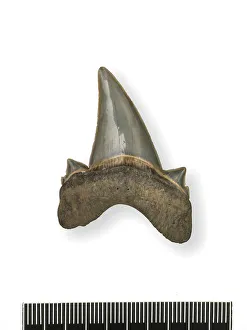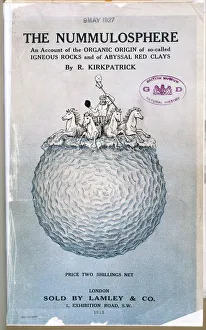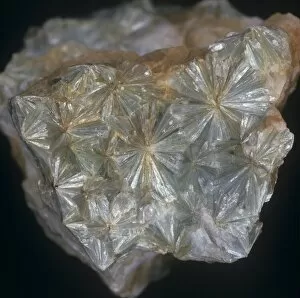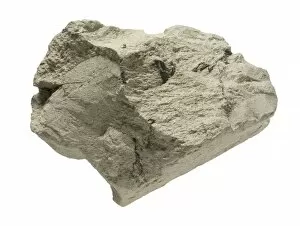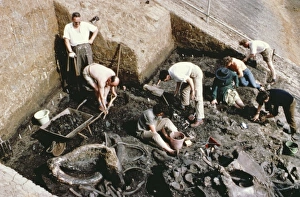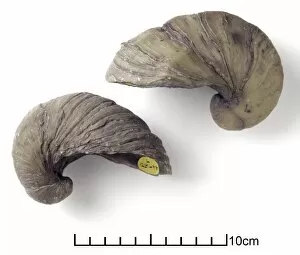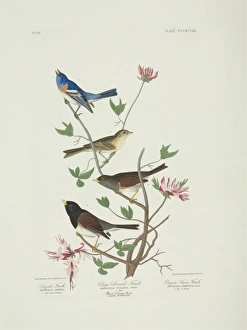Clay Mineral Collection
"Exploring the Fascinating World of Clay Minerals
All Professionally Made to Order for Quick Shipping
"Exploring the Fascinating World of Clay Minerals: From Kaolinite to Bentonite" Discovering the wonders hidden within clay minerals takes us on a journey through time and space. Starting with Kaolinite, one of the most common clay minerals found in nature, we delve into its origins at Smokejacks Brickworks in Surrey. Here, amidst the remnants of Eocene London clay, we unearth treasures like Tonguestone adorned with lateral denticles resembling shark's teeth. As we turn over The Nummulosphere Part I's front cover, a realm filled with Pyrophyllite awaits our exploration. This unique mineral captivates us with its delicate structure and mesmerizing properties. Alongside it lies Belemnotheutis antiquus, an ancient creature preserved in Pyrophyllite's embrace. Moving forward, Limacina mercinensis emerges from the depths as a holoplanktonic mollusc that once inhabited our oceans. Its fossilized remains offer insights into prehistoric marine life near Aveley in Essex where avid collectors gather for fossil hunting adventures. Talc stands tall among these remarkable clay minerals; its smoothness and versatility have made it indispensable across various industries throughout history. From cosmetics to ceramics, talc has left an indelible mark on human civilization. Finally, we encounter Bentonite - a powerful agent capable of absorbing toxins and purifying water sources. Its presence reminds us of how essential they are not only for scientific curiosity but also for practical applications that benefit humanity. In this captivating journey through different types of clay minerals - from Kaolinite to Bentonite - we witness their beauty and significance unfold before our eyes. Each mineral tells a story about Earth's past while offering glimpses into potential future uses that may shape our world yet again.

